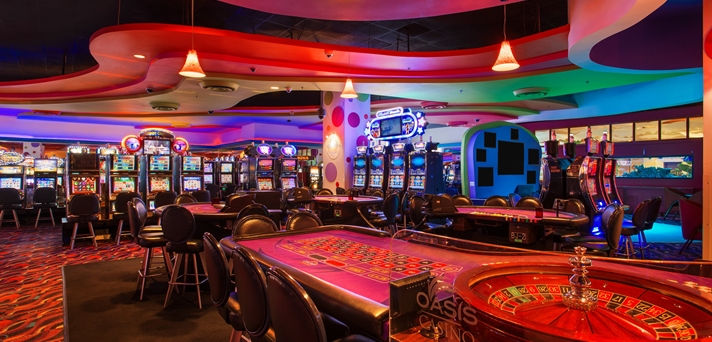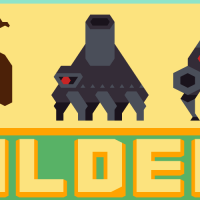In “Digital Gambling: The Coincidence of Desire and Design”, Natasha Schull writes about the addictive quality that gambling games have. Gamblers, as well as the designers of those games themselves, strive to achieve the state of “flow” when playing such games. Since, in the gambling industry, the quality of gameplay is less important than the length of the game, the most important aspect of the experience is comfortability. The more comfortable the player is in their playing space, the less likely they are to stop playing their game.

This aspect of comfortability extends outside of the range of soft chairs and easily readable instructions. In many major casinos, the whole experience is tailored to the player. Furniture and machinery are placed such that the customer can be as productive as possible while moving and thinking as little as possible. Everything that was once physical, from menus to currency to ticket stubs to receipts, has been digitized for ease of use. Because they don’t need to get up out of their seats as often, gamers have gotten faster and faster at gambling. In turn, to adapt to faster gameplay, game designers have removed such unnecessary features as animations and cutscenes, giving players even more time to be in that state of flow.
In the modern world we live in, most experiences that we encounter every day have been streamlined in the same manner that designers have streamlined the gambling process, to the extent that there are minimal unnecessary features to increase the time spent in the flow state. However, some experiences can never be truly 100% efficient. One obvious example is the activity of commuting. There’s no efficient way to decrease one’s commute time except for increasing the speed of public transit or developing teleportation technology. This obviously applies to every form of transport – from mailing packages to vacationing abroad. In the same vein, any sort of experience involving lines or queues could benefit from a process of streamlining. There’s something about the activity of waiting that makes one feel as if their time is being wasted.
This article teaches us as game designers to cater to your players. As long as they’re happy and comfortable playing, they will continue to play until further notice. One major method of helping players to achieve that state of flow is to remove unnecessary features from gameplay. This decreases the amount of time that players feel is being wasted. In addition to maintaining the flow state, this increases the chance that the player experiences a win and helps conceal any losses the player may feel. Nathan Leland summarizes this idea concisely in his quote “positive reinforcement hides loss.” This is, I believe, a hallmark ideal in any game design practice and something I will strive to include in all of my future projects.

